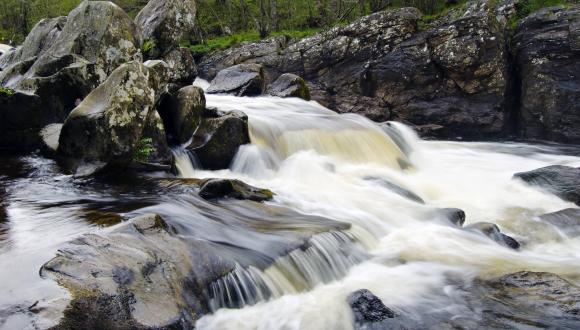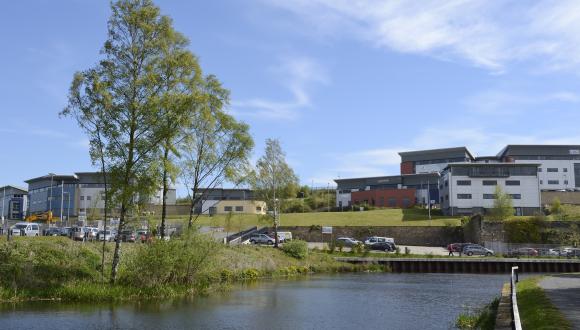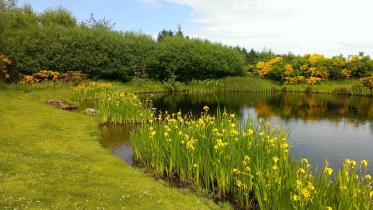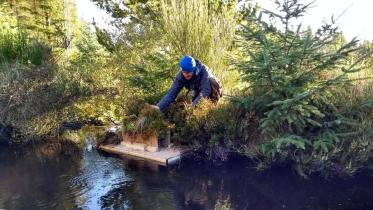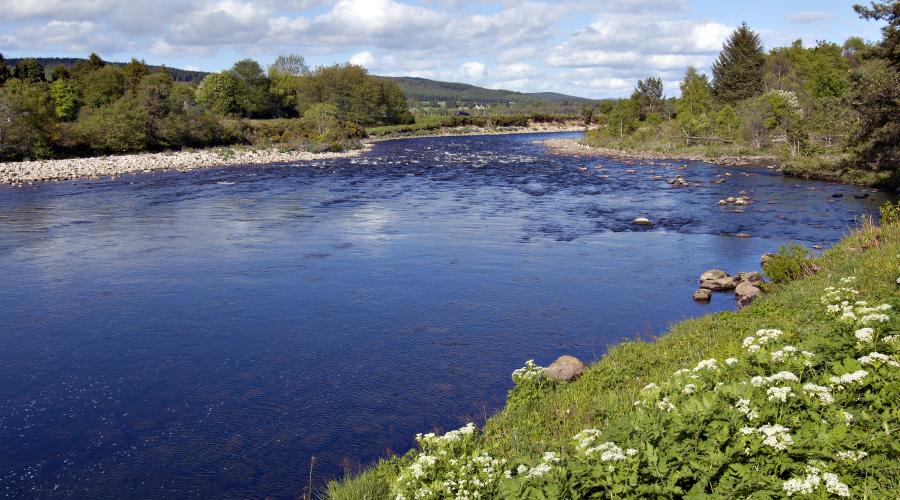
Planning and development: rivers and lochs
Scotland’s rivers and lochs are particularly sensitive to impacts arising from new development.
Development can affect rivers and lochs in a range of ways, including:
- Discharges from septic tanks can threaten the nutrient balance of lochs
- Increased sediment load from construction can impact rivers supporting sensitive species such as freshwater pearl mussel, Atlantic salmon and lamprey
- Effects on catchment management and the risk of flooding.
European sites
Planners and developers should use the advice below to properly consider the interests of some of our most important rivers and lochs:
- River Tay Special Area of Conservation (SAC): Advice to developers
- Development affecting Loch Leven
- River South Esk Special Area of Conservation (SAC): Advice to planning applicants
- River Tweed SAC and SSSI guidance for planners and developers
- Dunkeld - Blairgowrie Lochs Special Area of Conservation (SAC): Supplementary Guidance
Flood risk
Developers need to take flood risk into account before committing to a specific site or project, and planning authorities must consider the risk of flooding in preparing development plans and determining planning applications.
SEPA guidance
The Scottish Environment Protection Agency (SEPA) leads on water quality issues in Scotland. SEPA gives planning authorities advice on flood risk for planning purposes as well as advice on flood prevention.
Visit the SEPA website to learn about:
